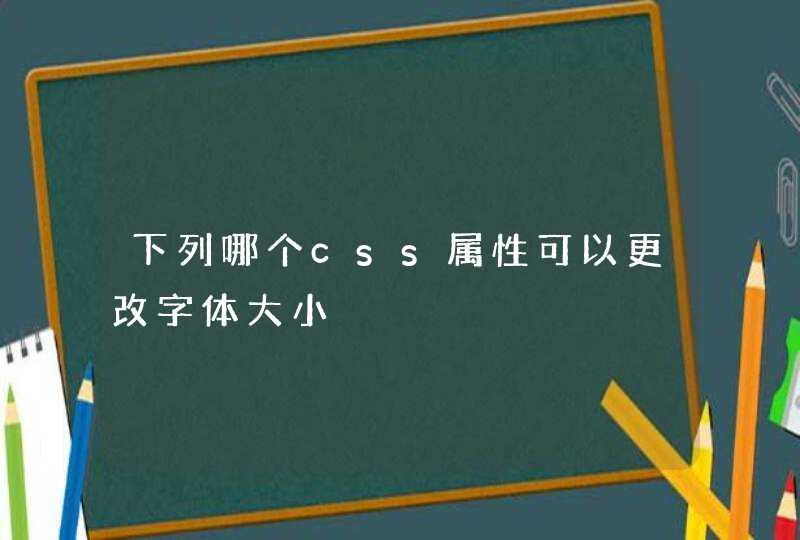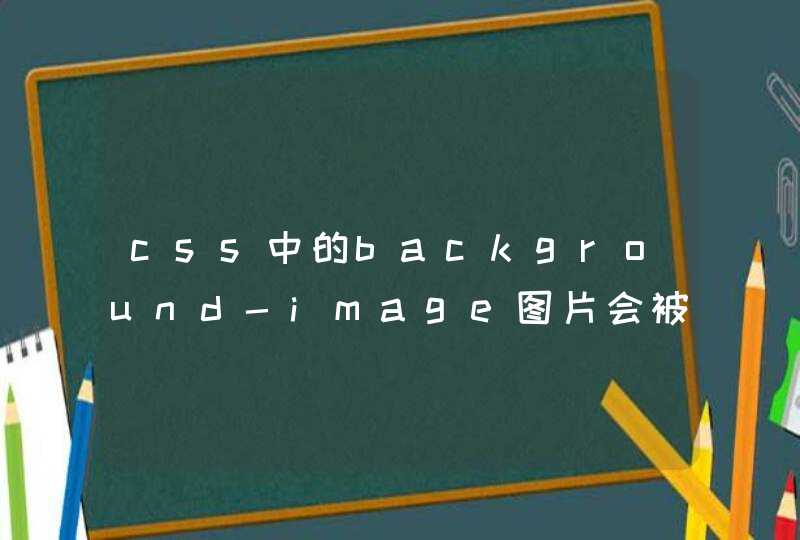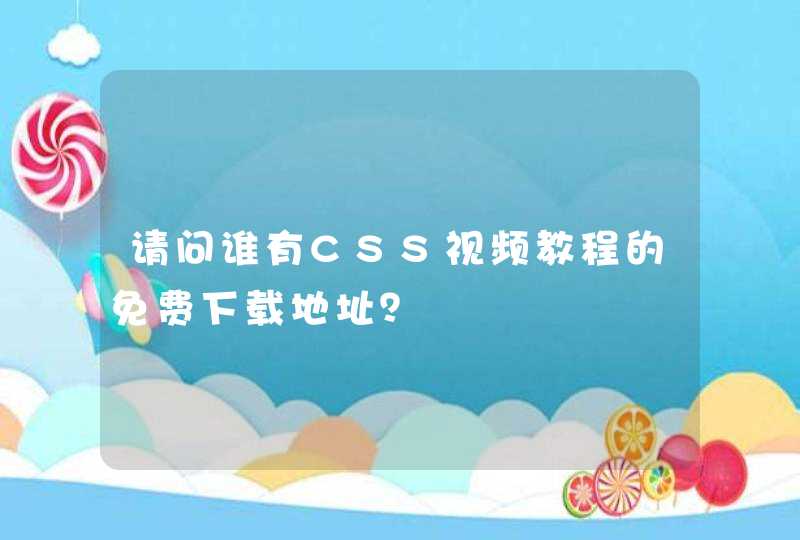
页面代码:
[html] view plaincopy
<span style="font-size:18px"><div>
<input id="File1" type="file" runat="server"/>
<asp:Button ID="btnConvert" runat="server" Text="转换" OnClick="btnConvert_Click" />
</div></span>
C#代码:
[csharp] view plaincopy
<span style="font-size:18px">using System
using System.Data
using System.Configuration
using System.Collections
using System.Collections.Generic
using System.Linq
using System.Web
using System.Web.Security
using System.Web.UI
using System.Web.UI.WebControls
using System.Web.UI.WebControls.WebParts
using System.Web.UI.HtmlControls
using System.IO
protected void Page_Load(object sender, EventArgs e)
{
}
/// <summary>
/// 将word转换为Html
/// </summary>
/// <param name="sender"></param>
/// <param name="e"></param>
protected void btnConvert_Click(object sender, EventArgs e)
{
try
{
//上传
//uploadWord(File1)
//转换
wordToHtml(File1)
}
catch (Exception ex)
{
throw ex
}
finally
{
Response.Write("恭喜,转换成功!")
}
}
//上传文件并转换为html wordToHtml(wordFilePath)
///<summary>
///上传文件并转存为html
///</summary>
///<param name="wordFilePath">word文档在客户机的位置</param>
///<returns>上传的html文件的地址</returns>
public string wordToHtml(System.Web.UI.HtmlControls.HtmlInputFile wordFilePath)
{
Microsoft.Office.Interop.Word.ApplicationClass word = new Microsoft.Office.Interop.Word.ApplicationClass()
Type wordType = word.GetType()
Microsoft.Office.Interop.Word.Documents docs = word.Documents
// 打开文件
Type docsType = docs.GetType()
//应当先把文件上传至服务器然后再解析文件为html
string filePath = uploadWord(wordFilePath)
//判断是否上传文件成功
if (filePath == "0")
return "0"
//判断是否为word文件
if (filePath == "1")
return "1"
object fileName = filePath
Microsoft.Office.Interop.Word.Document doc = (Microsoft.Office.Interop.Word.Document)docsType.InvokeMember("Open",
System.Reflection.BindingFlags.InvokeMethod, null, docs, new Object[] { fileName, true, true })
// 转换格式,另存为html
Type docType = doc.GetType()
string filename = System.DateTime.Now.Year.ToString() + System.DateTime.Now.Month.ToString() + System.DateTime.Now.Day.ToString() +
System.DateTime.Now.Hour.ToString() + System.DateTime.Now.Minute.ToString() + System.DateTime.Now.Second.ToString()
// 判断指定目录下是否存在文件夹,如果不存在,则创建
if (!Directory.Exists(Server.MapPath("~\\html")))
{
// 创建up文件夹
Directory.CreateDirectory(Server.MapPath("~\\html"))
}
//被转换的html文档保存的位置
string ConfigPath = HttpContext.Current.Server.MapPath("html/" + filename + ".html")
object saveFileName = ConfigPath
/*下面是Microsoft Word 9 Object Library的写法,如果是10,可能写成:
* docType.InvokeMember("SaveAs", System.Reflection.BindingFlags.InvokeMethod,
* null, doc, new object[]{saveFileName, Word.WdSaveFormat.wdFormatFilteredHTML})
* 其它格式:
* wdFormatHTML
* wdFormatDocument
* wdFormatDOSText
* wdFormatDOSTextLineBreaks
* wdFormatEncodedText
* wdFormatRTF
* wdFormatTemplate
* wdFormatText
* wdFormatTextLineBreaks
* wdFormatUnicodeText
*/
docType.InvokeMember("SaveAs", System.Reflection.BindingFlags.InvokeMethod,
null, doc, new object[] { saveFileName, Microsoft.Office.Interop.Word.WdSaveFormat.wdFormatFilteredHTML })
//关闭文档
docType.InvokeMember("Close", System.Reflection.BindingFlags.InvokeMethod,
null, doc, new object[] { null, null, null })
// 退出 Word
wordType.InvokeMember("Quit", System.Reflection.BindingFlags.InvokeMethod, null, word, null)
//转到新生成的页面
return ("/" + filename + ".html")
}
public string uploadWord(System.Web.UI.HtmlControls.HtmlInputFile uploadFiles)
{
if (uploadFiles.PostedFile != null)
{
string fileName = uploadFiles.PostedFile.FileName
int extendNameIndex = fileName.LastIndexOf(".")
string extendName = fileName.Substring(extendNameIndex)
string newName = ""
try
{
//验证是否为word格式
if (extendName == ".doc" || extendName == ".docx")
{
DateTime now = DateTime.Now
newName = now.DayOfYear.ToString() + uploadFiles.PostedFile.ContentLength.ToString()
// 判断指定目录下是否存在文件夹,如果不存在,则创建
if (!Directory.Exists(Server.MapPath("~\\wordTmp")))
{
// 创建up文件夹
Directory.CreateDirectory(Server.MapPath("~\\wordTmp"))
}
//上传路径 指当前上传页面的同一级的目录下面的wordTmp路径
uploadFiles.PostedFile.SaveAs(System.Web.HttpContext.Current.Server.MapPath("wordTmp/" + newName + extendName))
}
else
{
return "1"
}
}
catch
{
return "0"
}
//return "http://" + HttpContext.Current.Request.Url.Host + HttpContext.Current.Request.ApplicationPath + "/wordTmp/" + newName + extendName
return System.Web.HttpContext.Current.Server.MapPath("wordTmp/" + newName + extendName)
}
else
{
return "0"
}
}</span>
下边我把我的实战经验共享一下:1.
word自动转换布局的功能其实并不是很好,往往造成与word内的布局错乱的情况。让很多本来费了很多心思设计word布局的人非常恼火。对于这种问题,我采用了现在word内设计表格布局的方法,把所有的内容都放在事先画好的表格内,并将表格的边框都设成无。在设计时可以看到边框,在运行时就没有了,非常的便于设计。一切都做好了,就该动手转换成网页了。
2.
word提供了三种转换成网页的方式:
a)
单个文件网页b)
网页c)
筛选过的网页
l
如果选择a,word将会把文件转换为mhtml格式,所有word内的内容都会包含在一个文件里包括图片、表格等;
l
如果选择b,则会把文件转换成一个带word自身标记符的html文件,并产生一个与此相关的网页图片存放文件夹,里边就是word内嵌的图片,但是已经经过了优化。一般不大于60k;
l
如果选择c,则会把文件转换成完全符合html标记的网页,并产生一个与此相关的网页图片存放文件夹,里边就是word内嵌的图片,但是已经经过了优化。一般不大于60k;
3.碰到的难题:要求将word转成单个文件网页――因为带图片文件夹维护起来比较麻烦。但是发现将word转换为单个网页文件后,文件太大,完全不适合在internet上传输。
实战秘技:先将word文件按照c方式转换,会产生一个网页文件和一个图片文件夹。这时将所有的文档都关掉,将产生的新网页文件打开。然后全选(ctrl+a,ctrl+c)网页内容。新建一个word文件,让后将内容拷贝其中(ctrl+v),然后在将这个文件转为
单个网页文件。这时你会惊奇的发现,新产生的单个文件的网页的大小已经变的很小了。






































![CSS 点击按钮以后修改DIV的高度,代码怎么写?[有代码]](/aiimages/CSS+%E7%82%B9%E5%87%BB%E6%8C%89%E9%92%AE%E4%BB%A5%E5%90%8E%E4%BF%AE%E6%94%B9DIV%E7%9A%84%E9%AB%98%E5%BA%A6%EF%BC%8C%E4%BB%A3%E7%A0%81%E6%80%8E%E4%B9%88%E5%86%99%EF%BC%9F%5B%E6%9C%89%E4%BB%A3%E7%A0%81%5D.png)





























